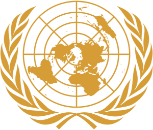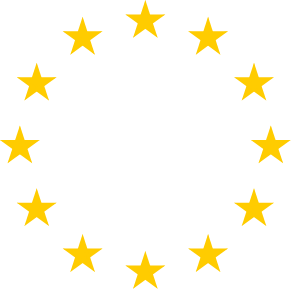In Italy, there are over 360 thousand blind people and over a half million visually impaired. There are more than 30 million visually impaired people in Europe.
The data on mobility, relating to 2019 (ISTAT report), shows that only 14.4% of people with disabilities travel by urban public transport, compared to 25.5% of the rest of the population.
LETIsmart allows all these people to become active again, as required by national and international declarations, conventions, and laws.



